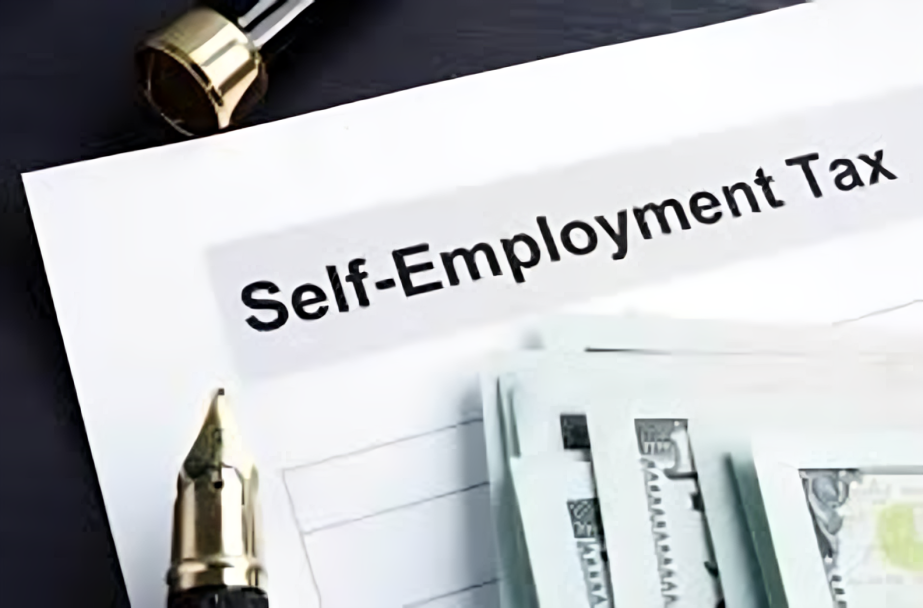Best budget, taxes play a crucial role in the financial lives of individuals, whether they are employed or self-employed. Whether you’re on a regular payroll or engaged in self-employment, comprehending the tax implications tied to your employment status is vital. This article delves into the distinctions between taxes for the employed and self-employed, covering aspects such as income reporting, tax deductions, and compliance requirements.
Income Reporting:
One of the primary distinctions between employed and self-employed taxes is how income is reported to the tax authorities. For employed individuals, income is typically reported on Form W-2, which is provided by their employer at the end of the tax year. This form outlines the individual’s total earnings, as well as any taxes withheld from their paycheck for federal, state, and local taxes, as well as Social Security and Medicare contributions.
On the other hand, self-employed individuals must report their income on Schedule C (Form 1040) or Schedule C-EZ (Form 1040). These forms are used to report income from self-employment activities, including freelancing, consulting, or running a business. Self-employed individuals are responsible for tracking their income throughout the year and reporting it accurately on their tax returns.
Tax Deductions:
Another significant difference between employed and self-employed taxes is the availability of tax deductions. Employed individuals may be eligible for certain tax deductions, such as those related to unreimbursed employee expenses, charitable contributions, and mortgage interest. However, the scope of deductions available to employees is often limited compared to self-employed individuals.
Conversely, self-employed individuals have access to a wide range of tax deductions related to their business activities. These deductions may include expenses such as home office expenses, office supplies, professional fees, travel expenses, and health insurance premiums. By deducting legitimate business expenses from their taxable income, self-employed individuals can reduce their tax liability.
Compliance Requirements:
Employed and self-employed individuals also have different compliance requirements when it comes to taxes. Employed individuals typically have their taxes withheld from their paycheck by their employer, who is responsible for remitting these taxes to the appropriate tax authorities. Employees are required to file an annual tax return (Form 1040) by the April tax filing deadline, reporting any additional income, deductions, or credits.
Self-employed individuals have the responsibility of paying their taxes directly to the government via estimated quarterly tax payments. Self-employed individuals are responsible for paying their federal, self-employment, and state or local taxes. Unlike employees, they are not subject to having taxes deducted from their income. To steer clear of penalties and interest charges, self-employed individuals should make estimated tax payments periodically throughout the year.
In addition to making estimated tax payments, self-employed individuals must also keep detailed records of their income and expenses for tax reporting purposes. This includes maintaining accurate records of business receipts, invoices, bank statements, and other financial documents. Self-employed individuals may also be required to file additional tax forms, such as Schedule SE (Form 1040) for self-employment tax and Form 1099-MISC for reporting income received from clients or customers.
Conclusion:
In summary, it is crucial for individuals to understand the differences between taxes for employed and self-employed individuals. This understanding helps them meet their tax obligations and minimize their tax liability. Employed individuals report their income on Form W-2 and may have access to limited tax deductions, while self-employed individuals report their income on Schedule C or Schedule C-EZ and have access to a broader range of deductions. Compliance requirements also differ between the two groups, with employed individuals having taxes withheld from their paycheck and self-employed individuals responsible for making estimated tax payments and maintaining detailed records of their income and expenses. Understanding these distinctions is important for individuals to understand how to effectively navigate the tax system and comply with tax laws.

